
In April 2025, Liquity’s native token, LQTY, reached a low of $0.43. Since then, it has rebounded, trading around $1.00 by early July 2025. This recovery...
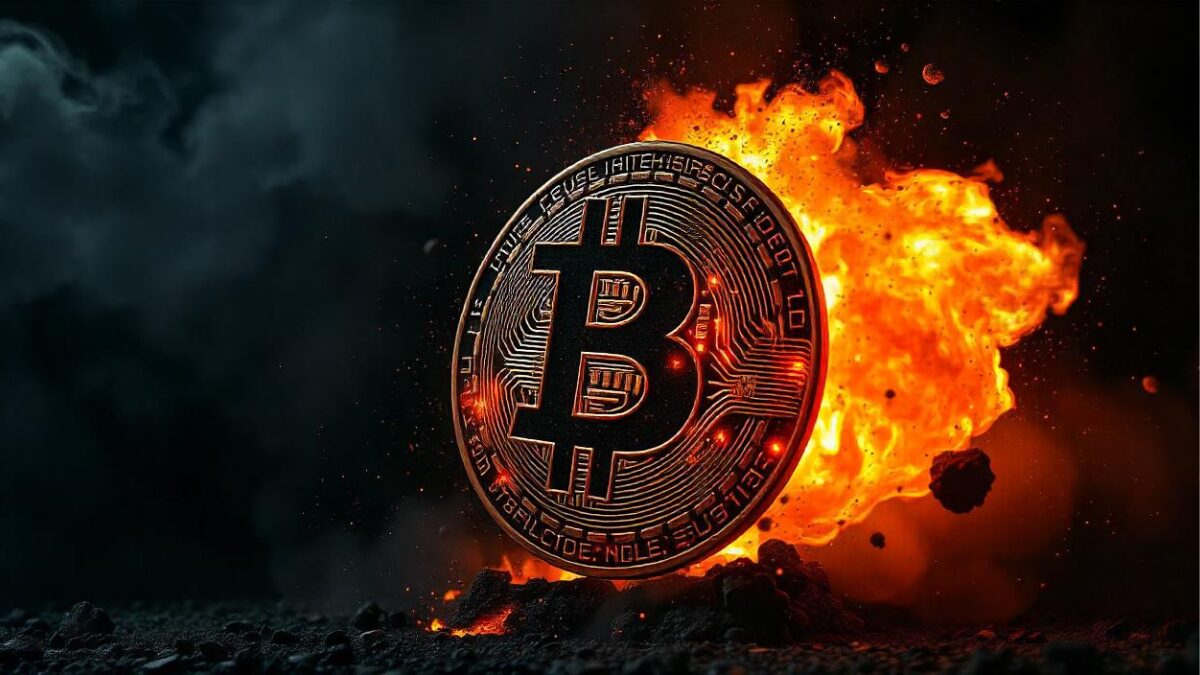
As Bitcoin approaches its all-time highs, the cryptocurrency community is abuzz with anticipation for the next “altseason”—a period when alternative cryptocurrencies, or altcoins, experience significant price...
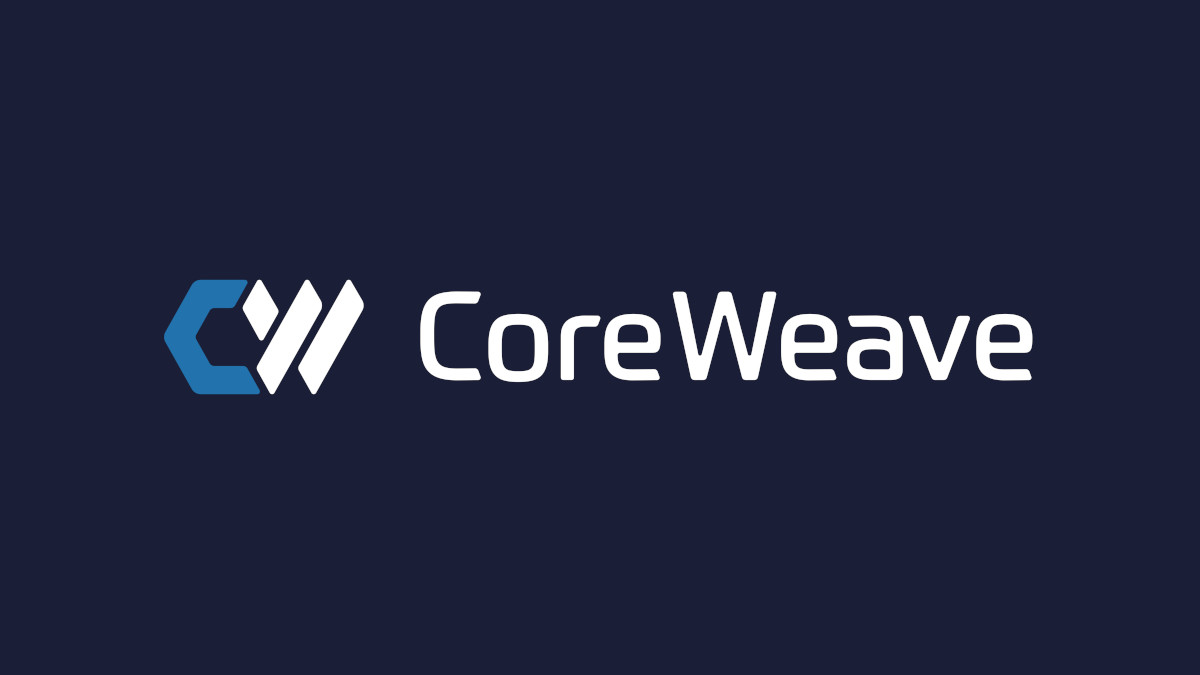
In a significant move within the tech industry, CoreWeave, a leading provider of cloud and AI infrastructure, has announced its intention to acquire Core Scientific, a...
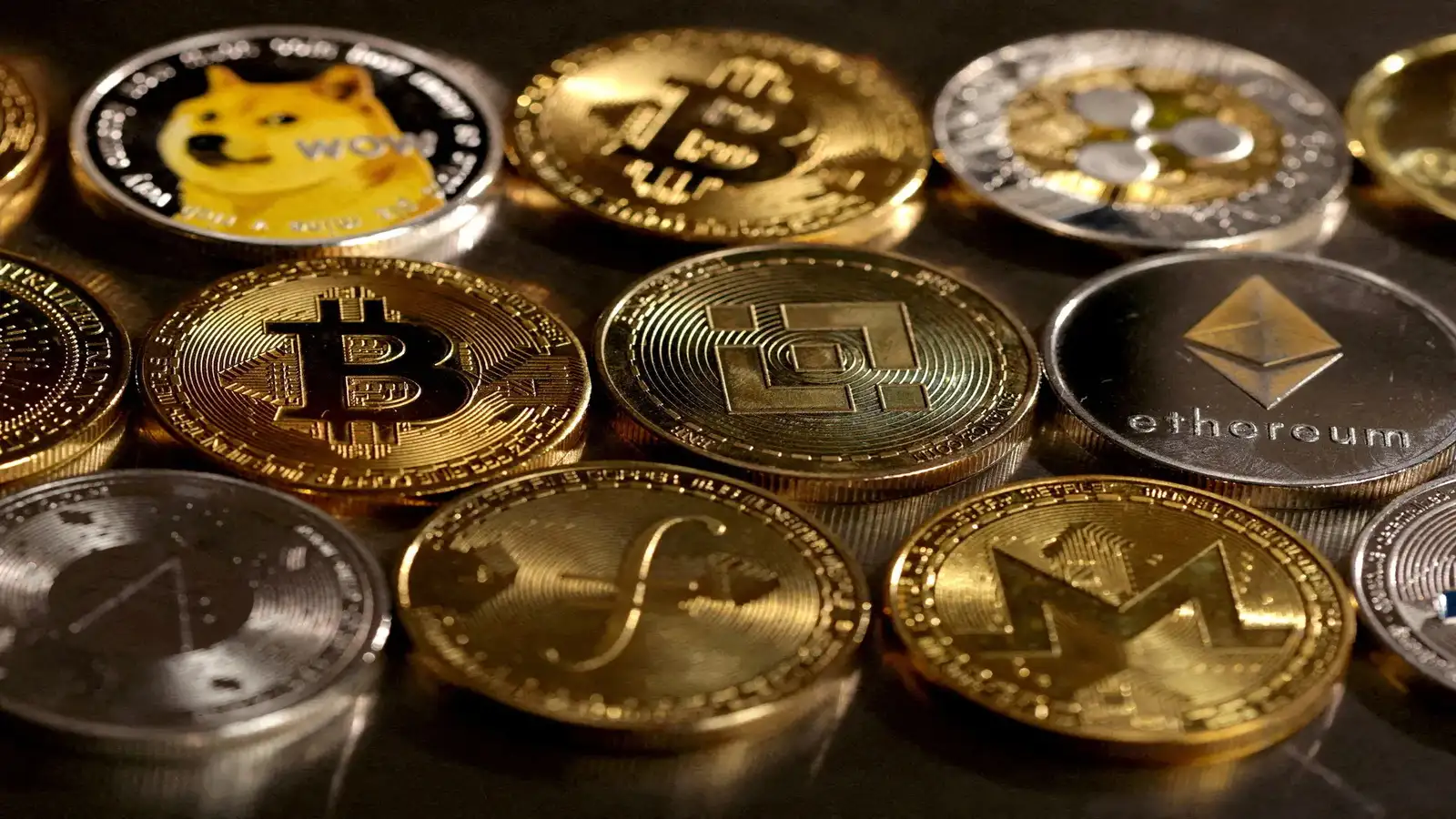
In recent months, the euro has experienced a notable surge against the U.S. dollar, catching the attention of investors and policymakers alike. This appreciation is closely...
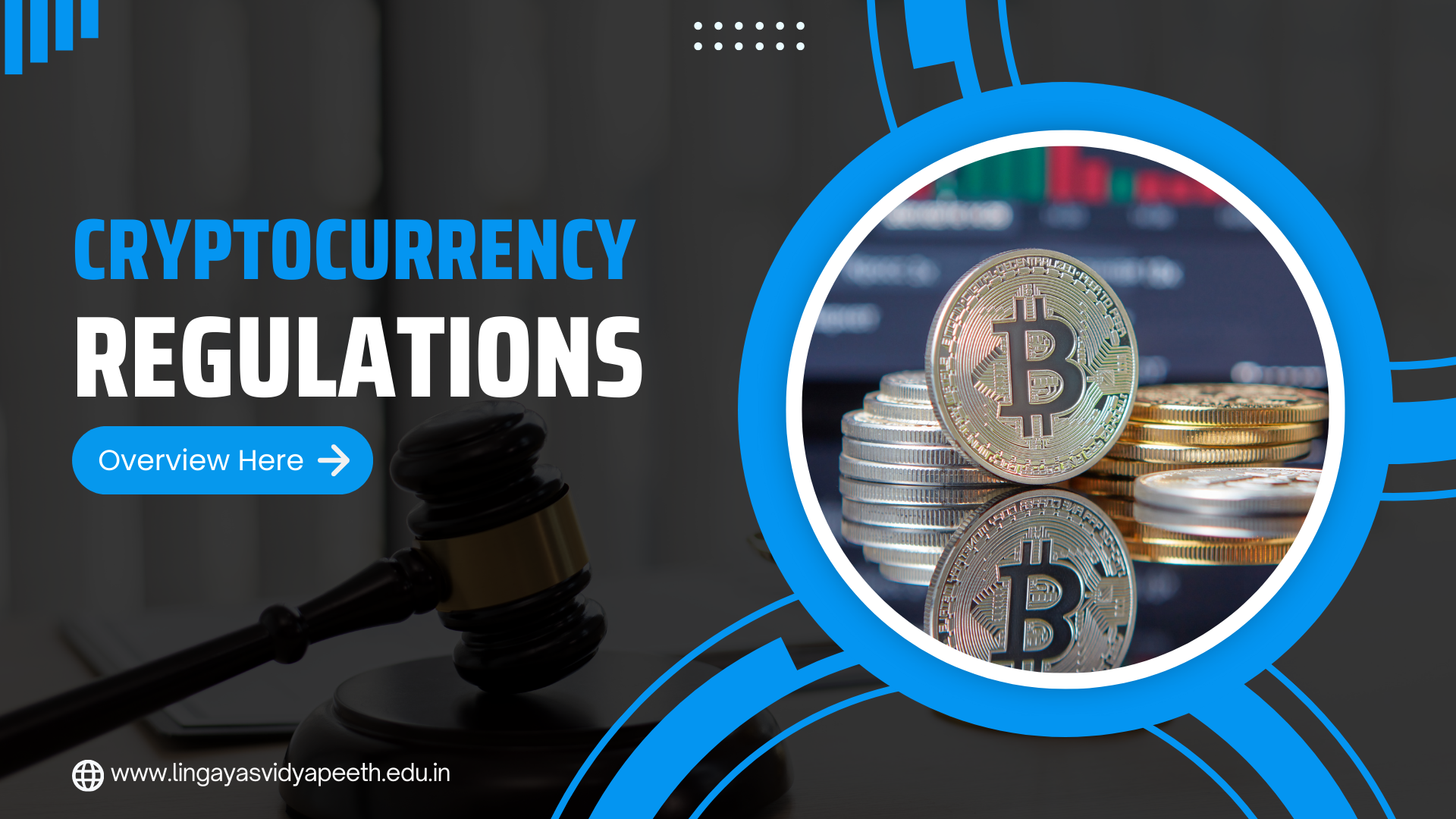
US and EU Talks Signal Acceleration Toward Global Crypto Policy Alignment In recent developments, regulators from the United States and the European Union have intensified their...

Crypto Market Surges: Bitcoin and BONK Lead a Fresh Wave of Optimism The crypto market is buzzing with optimism as Bitcoin pushes past key barriers and...
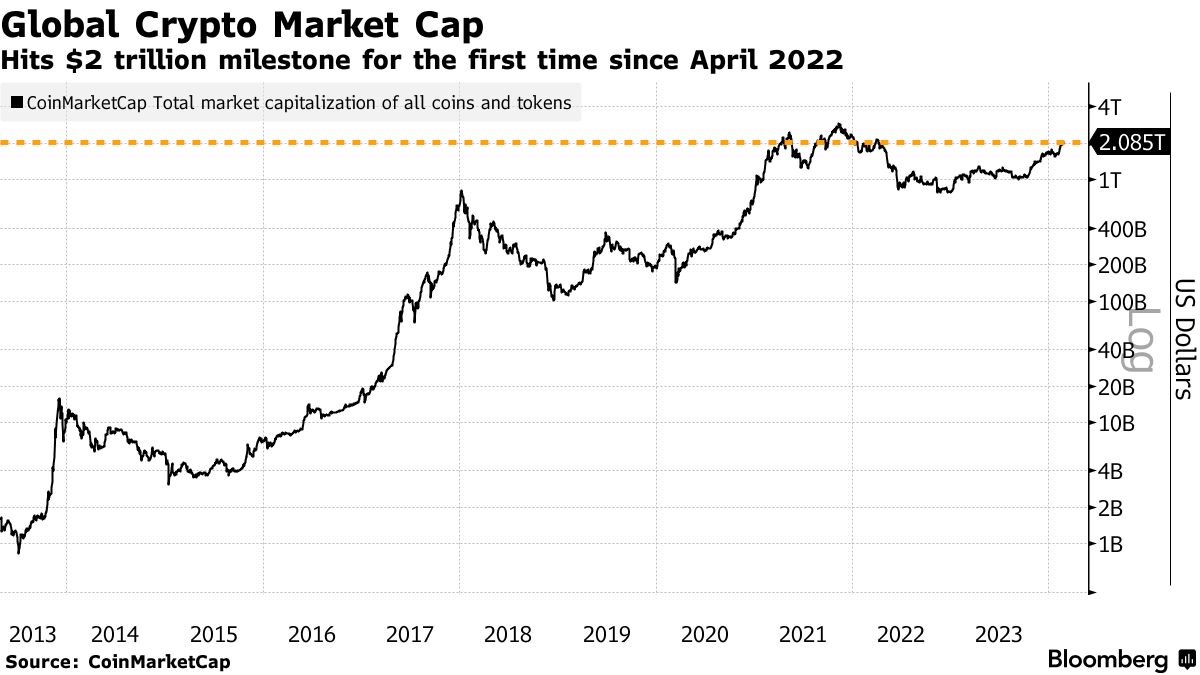
Is Bitcoin’s Price Ready for the Next Big Move? Realized Dominance and Demand Trends Shed Light Bitcoin is once again catching the attention of the financial...
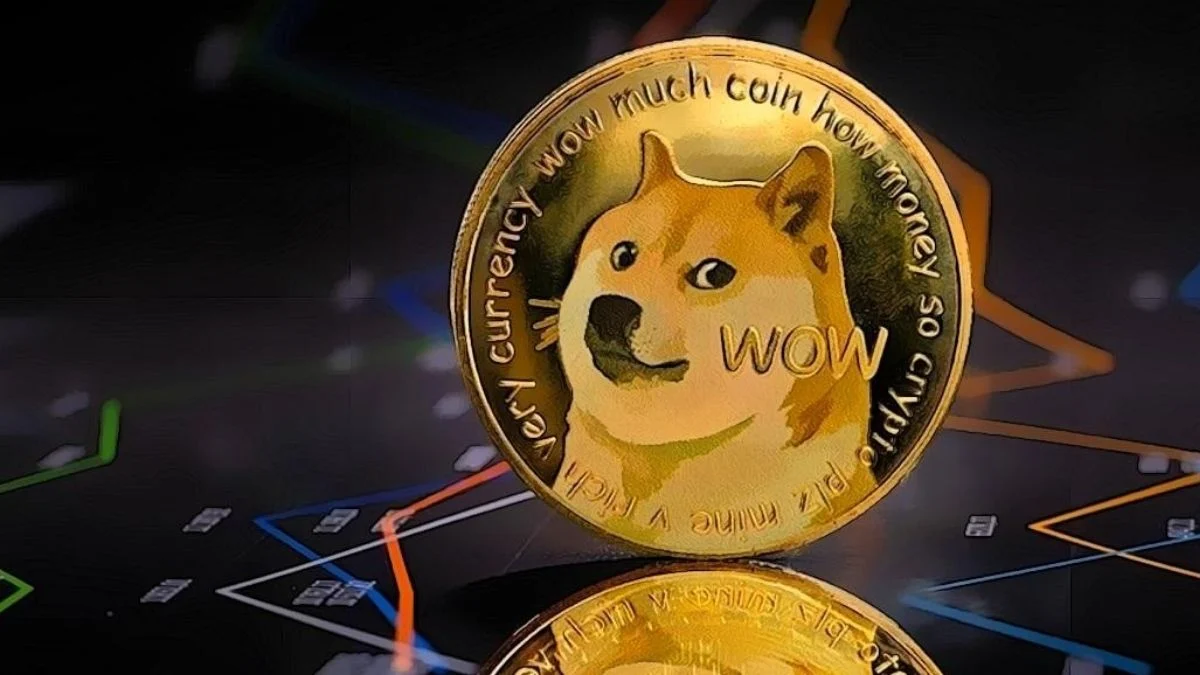
Dogecoin Price Watch: Can DOGE Finally Break Through the $0.180 Barrier? Dogecoin, the meme coin with a loyal fanbase and a fun-loving Shiba Inu mascot, is...
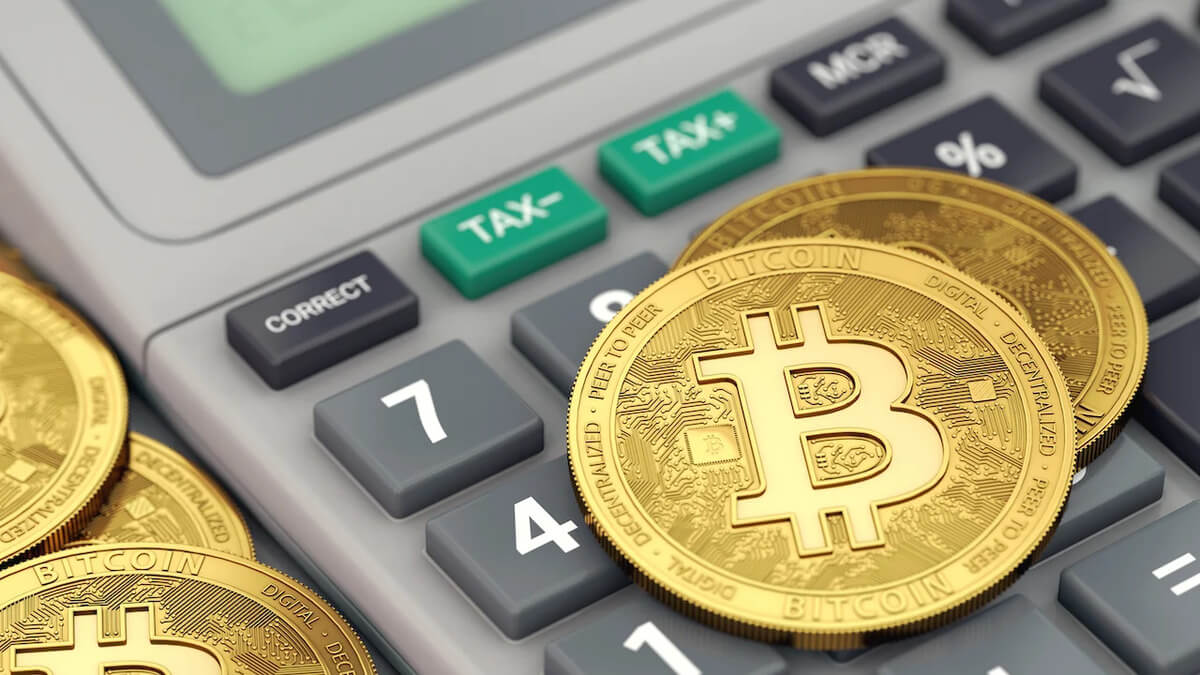
In the fast-paced world of cryptocurrency trading, the allure of high-leverage strategies can be tempting. However, recent events have highlighted the significant risks involved. A trader...

The recent resurgence of XRP has sparked renewed interest in cloud mining platforms, particularly APT Miner, as investors seek stable and transparent avenues for cryptocurrency earnings....